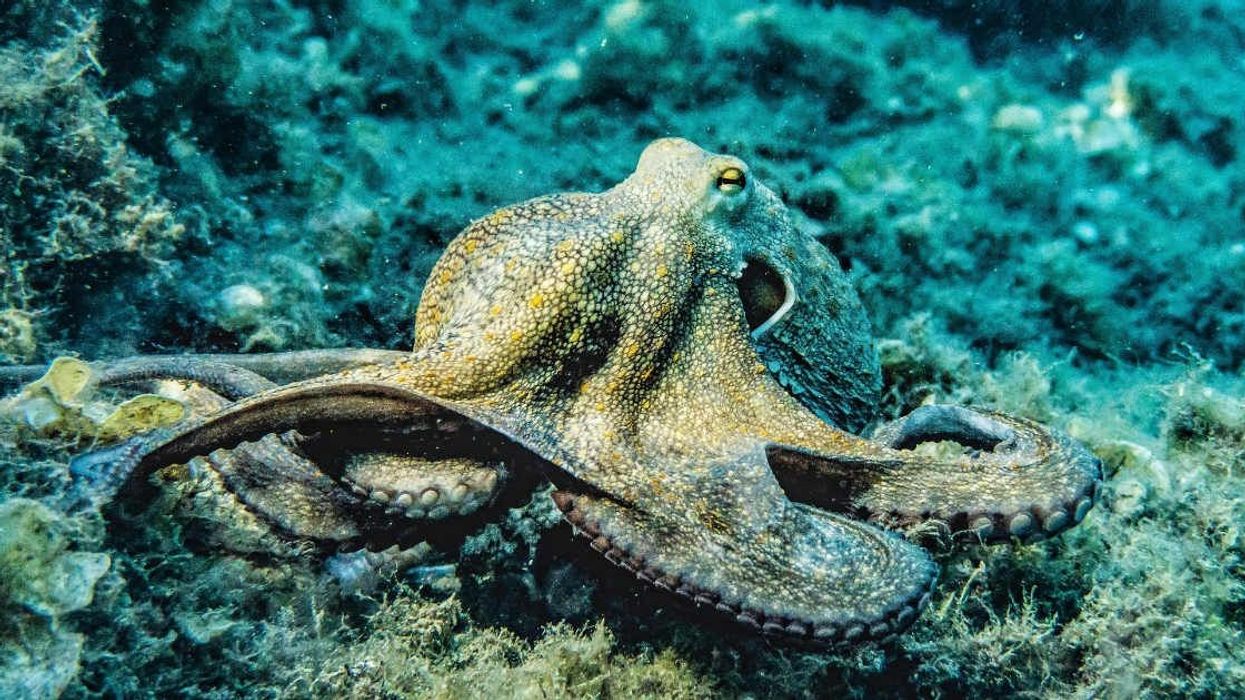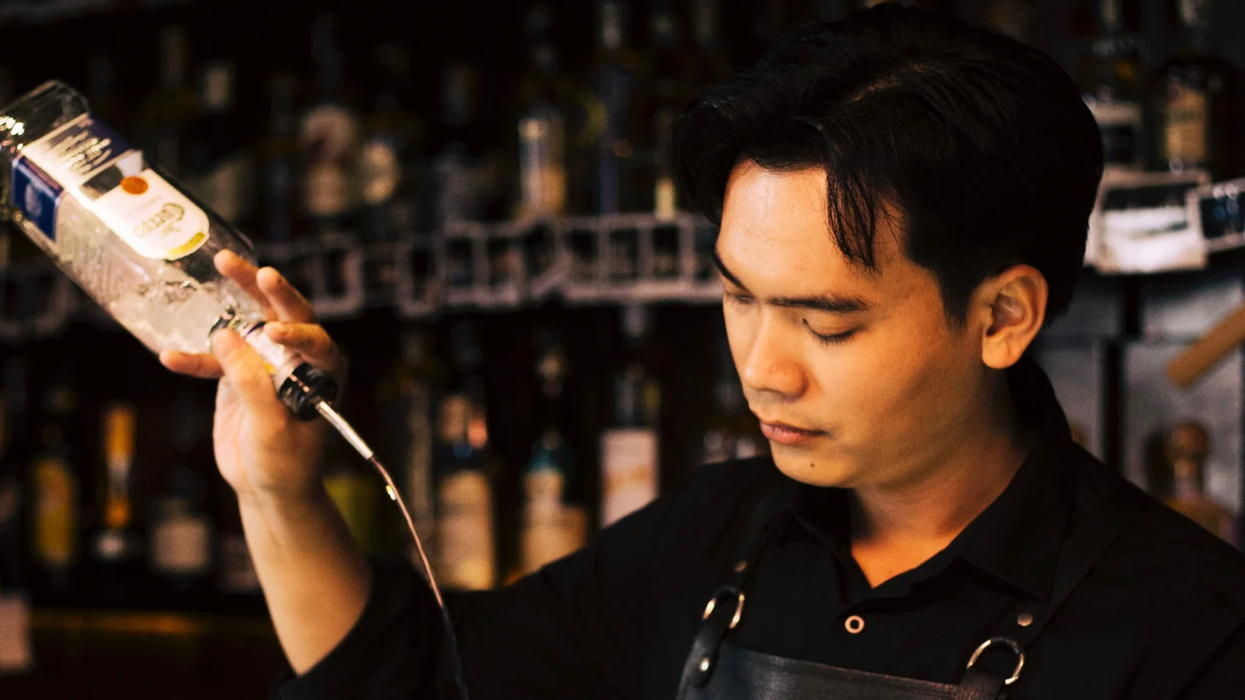We often hear about air pollution and water pollution, but a new art exhibit calls attention to something so prevalent most of us tune it out: visual pollution. As part of the DesertX art exhibition, Jennifer Bolande has taken over a series of billboards near Palm Springs, California and replaced the advertisements with perfectly-aligned photos of the landscapes the billboards are blocking.
According to the Desert X website, Bolande’s work utilizes classic advertising techniques to make a compelling point against consumerism.
In the language of billboard advertising this kind of reading is referred to as a Burma-Shave after the shaving cream company of the same name who used sequential placement to create messaging that could be read only from a moving vehicle.
Within the desert empire of roadside signs, Bolande chooses to advertise the very thing so often overlooked. Looking up at the billboards our attention is drawn back to the landscape itself, pictured here as a stuttering kinesthetic of real and artificial horizons.
Bolande’s work is part of the DesertX exhibition which uses the desert landscape of California’s Coachella Valley to articulate global and local issues that range from climate change to golf.


















 Screenshots of the man talking to the camera and with his momTikTok |
Screenshots of the man talking to the camera and with his momTikTok |  Screenshots of the bakery Image Source: TikTok |
Screenshots of the bakery Image Source: TikTok | 
 A woman hands out food to a homeless personCanva
A woman hands out food to a homeless personCanva A female artist in her studioCanva
A female artist in her studioCanva A woman smiling in front of her computerCanva
A woman smiling in front of her computerCanva  A woman holds a cup of coffee while looking outside her windowCanva
A woman holds a cup of coffee while looking outside her windowCanva  A woman flexes her bicepCanva
A woman flexes her bicepCanva  A woman cooking in her kitchenCanva
A woman cooking in her kitchenCanva  Two women console each otherCanva
Two women console each otherCanva  Two women talking to each otherCanva
Two women talking to each otherCanva  Two people having a lively conversationCanva
Two people having a lively conversationCanva  Two women embrace in a hugCanva
Two women embrace in a hugCanva 
 A reddit commentReddit |
A reddit commentReddit |  A Reddit commentReddit |
A Reddit commentReddit |  A Reddit commentReddit |
A Reddit commentReddit |  Stressed-out employee stares at their computerCanva
Stressed-out employee stares at their computerCanva
 Who knows what adventures the bottle had before being discovered.
Who knows what adventures the bottle had before being discovered. 
 Gif of young girl looking at someone suspiciously via
Gif of young girl looking at someone suspiciously via 

 A bartender makes a drinkCanva
A bartender makes a drinkCanva